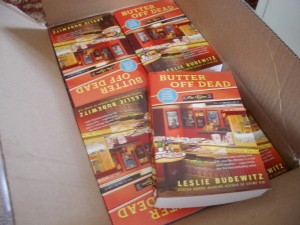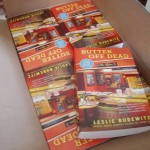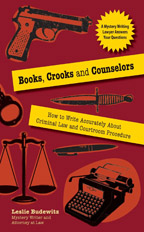 Today, I’m linking to a handful of articles that look at young people in the justice system. Their stories should matter to us as writers and readers, but mostly as humans—beyond a list of issues and a chart of statistics, each of these kids matters. And when they are lost, we as a society, as a community, lose, too.
Today, I’m linking to a handful of articles that look at young people in the justice system. Their stories should matter to us as writers and readers, but mostly as humans—beyond a list of issues and a chart of statistics, each of these kids matters. And when they are lost, we as a society, as a community, lose, too.
The NW Sidebar, the Washington State Bar blog, reports on homelessness, school suspensions, and criminalization among LGBT kids. Anthony Gipe writes: “Nationwide, there are estimated to be in excess of 350,000 gay and transgender youth who are arrested and/or detained each year. While these youth account for only 5–6 percent of youth overall, they account for over 15 percent of youth in the juvenile justice system. It is also a startling statistic that of the LGBT youth in juvenile justice, more than 60 percent of those youth are also black or Latino.”
This article in Slate highlights the work of Richard Ross, a writer and photographer who’s been chronicling girls in the juvenile justice system. Ross says “Girls are the fastest-growing population in the juvenile justice system, accounting for hundreds of thousands of arrests and charges—often for minor offenses, like running away from home or breaking curfew—every year.”
In my own valley in NW Montana, the Bigfork Eagle reports that more than 300 children have been identified as homeless, including teens who live on their own—many not by choice, and many not part of the child protection system or foster care. Examples: a 14 year old girl living in the woods, taking shelter in a portable toilet or a Dumpster at night; a teenage boy who searches for unlocked cars to find a warm-ish place to sleep. School is their safe place. Some are still in school, but too old for the foster care system. A former church building was donated as a shelter for kids not in the system; a consortium of local churches raises funds for the project. In an April “awareness” campaign called “Somebodies,” mannequins dressed as homeless teens were placed on benches downtown. I watched the confusion as people tried to figure out what was going on; even with educational info posted nearby, it was too hard to digest, to understand that this is really happening.
A couple of other articles that caught my eye, from Crosscut, an online news source in Seattle: Kids and the American dream denied: A Conversation with Robert Putnam, and Trai Williams’ dream house for youth of color — one activist’s goal, grown from her own experience.
In mystery and crime fiction, all variety of characters touch on these issues: teachers, law enforcement, judges and court officers, prosecutors and defenders, social workers. Is your character a parent worried about her kid—or about her child’s best friend, who’s been kicked out of her house for dressing like the boy she feels she is, and not the girl her parents think she is? Each of these articles includes links to studies, books, and other resources that writers can use to dig a little further.
I’m big on showing emotion on the page, using emotion to drive the plot. What you just felt, reading these stories? Find where it resonates in your body—how it grips your jaw, makes your heart heavy, causes a damp eye or a tight throat. Give those feelings to your characters, and show us how they respond. Your stories will be stronger, your people a little more real. And all our eyes and hearts a little more open.














